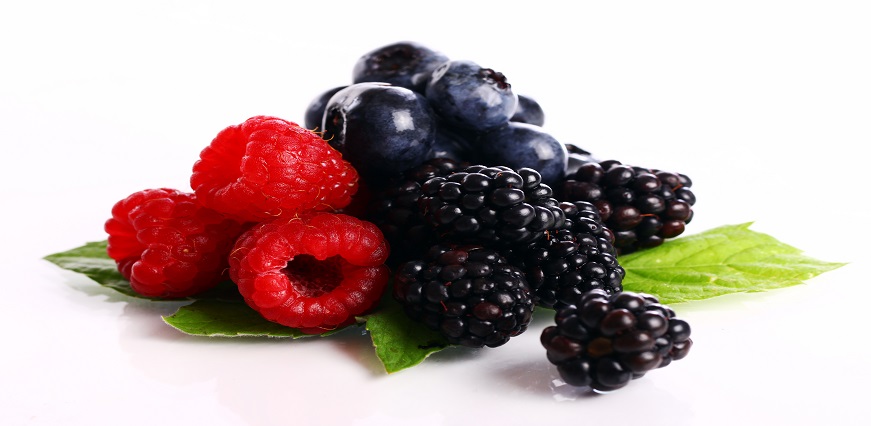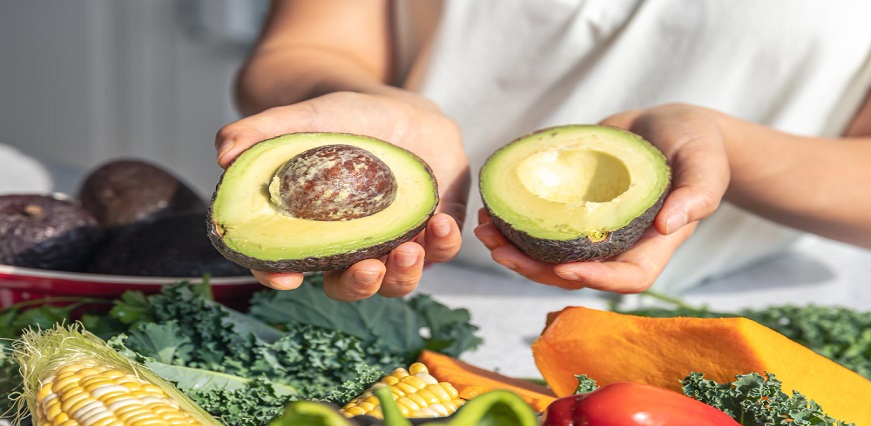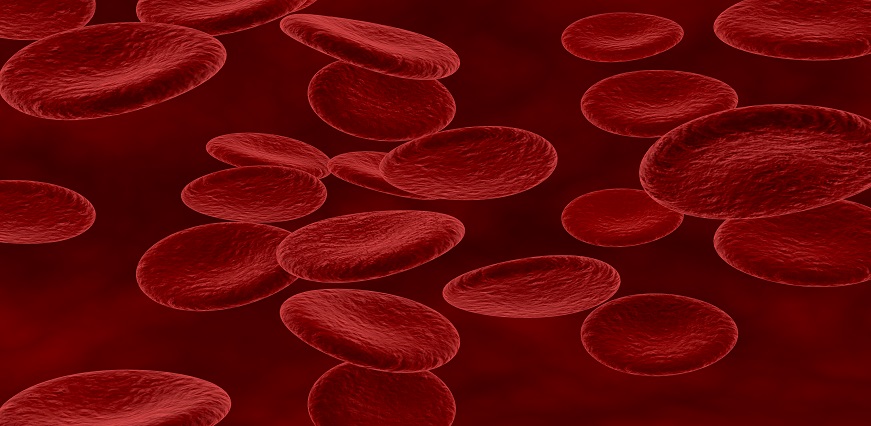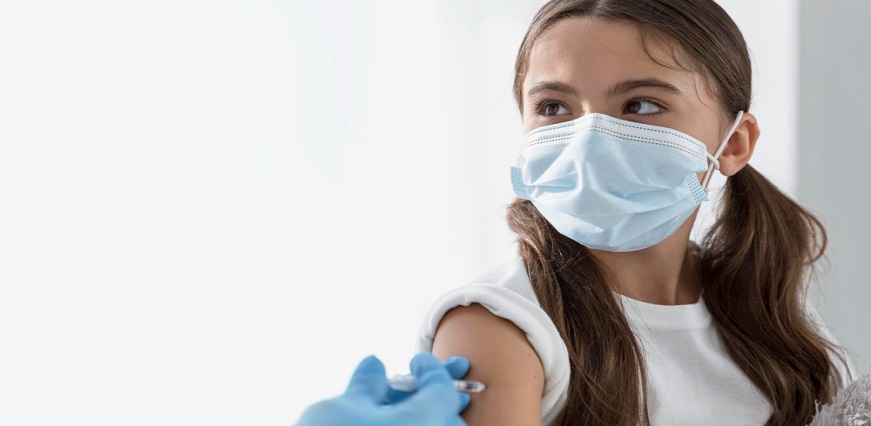If you’re looking to boost your estrogen levels naturally, then look no further than the foods you eat. Estrogen plays an important role in helping to regulate female hormones, and there are several foods that have been shown to increase estrogen levels. In this blog post, we’ll take a look at some of the best estrogen-rich foods out there and discuss how they can help improve your overall health and well-being. We’ll also talk about why it’s important to maintain proper levels of estrogen, as well as ways to incorporate these foods into your diet. So read on to learn more about these amazing superfoods!
What is Estrogen Rich Foods?
There are a variety of foods that contain high levels of estrogen. These include soybeans, tofu, tempeh, flaxseeds, legumes, and some fruits and vegetables. Consuming these foods can help to increase estrogen levels in the body and may have beneficial effects on health. Estrogen is a hormone that plays an important role in the female reproductive system and has been linked with a reduced risk of heart disease, osteoporosis, and hot flashes.
Flax Seeds
Flax seeds are an excellent source of estrogen. They contain lignans, which are phytoestrogens that can bind to estrogen receptors and mimic estrogen in the body. In addition, flaxseeds are a good source of fiber and omega-3 fatty acids.
There are many health benefits associated with flaxseed consumption. Flaxseed can help reduce hot flashes and other menopausal symptoms, as well as improve bone health. Additionally, flaxseed has been shown to lower cholesterol levels and reduce the risk of heart disease and breast cancer.
To reap the maximum benefits from flaxseeds, it is best to consume them ground or milled. This allows for better absorption of nutrients. Flaxseed can be added to smoothies, oatmeal, yogurt, or baked goods.
Soybeans
Soybeans are a type of legume that is native to East Asia. Soybeans contain high levels of phytoestrogens, which are plant-based compounds that can mimic the effects of estrogen in the body. Consuming soybeans may help to reduce the risk of certain hormone-related cancers, such as breast cancer.
Dried Fruits
Dried fruits are a great way to get your daily dose of estrogen. Just a handful of dried apricots, prunes, or figs can give you a significant boost of this important hormone. And since they’re easy to transport and store, they make a great snack to take with you on the go.
Sesame Seeds
Sesame seeds are a good source of estrogen. They contain lignans, which are plant compounds that have estrogenic activity. Lignans can bind to estrogen receptors and mimic the effects of estrogen in the body. Sesame seeds also contain phytoestrogens, which are plant hormones that can weakly mimic the effects of estrogen in the body.
Garlic
If you're looking to boost your intake of estrogen-rich foods, garlic is a great option. This pungent herb is a key ingredient in many cuisines around the world, and it's also packed with health benefits.
Garlic is rich in a compound called allicin, which has been shown to have estrogen-like effects on the body. Allicin can help to regulate hormones and reduce symptoms of menopause, making it a valuable ally for women of all ages.
In addition to its hormone-balancing effects, garlic is also a powerful antioxidant. It can help to protect cells from damage and may even reduce the risk of some chronic diseases.
Peaches
Peaches are delicious summer fruit that is also packed with nutrients. One of those nutrients is estrogen. Estrogen is a hormone that is responsible for the development and maintenance of female reproductive organs and secondary sex characteristics. It also plays a role in bone health and cardiovascular health. Peaches are a good source of dietary fiber, vitamins A and C, potassium, and magnesium. They also contain phytochemicals that have antioxidant and anti-inflammatory properties.
Berries
There are many different kinds of berries, but some of the most estrogen-rich options include blackberries, raspberries, and strawberries. These berries are packed with nutrients like vitamins C and E, which can help to keep your skin looking young and healthy. In addition, berries are a great source of fiber, which can help to regulate your digestive system.
Tofu
Tofu is a popular food, it is a great source of protein and also contains phytoestrogens. Phytoestrogens are plant-based chemicals that can mimic the hormone estrogen in the body.
Consuming foods high in phytoestrogens may help to reduce the risk of breast cancer. Tofu is also a good source of calcium, iron, and magnesium. It can be cooked in many different ways and is a versatile addition to any meal.
Conclusion
Estrogen-rich foods can be a great way to help maintain a healthy balance of hormones in your body. While there are some health risks to consider when it comes to consuming too much estrogen, incorporating natural sources into your diets such as soybeans, flaxseeds, and other legumes is an easy way to increase your intake. Try adding more of these plant-based foods into your meals and you might just find that they make a world of difference in how you feel!
With our offerings in line with government-mandated prices, Maxlab offers full body checkup packages that cover an exhaustive list of tests for a comprehensive diagnosis of your health. Choose from a range of health test packages based on your needs.













 7982100200
7982100200























 To reach our help desk call 9213188888
To reach our help desk call 9213188888.png)
Comments